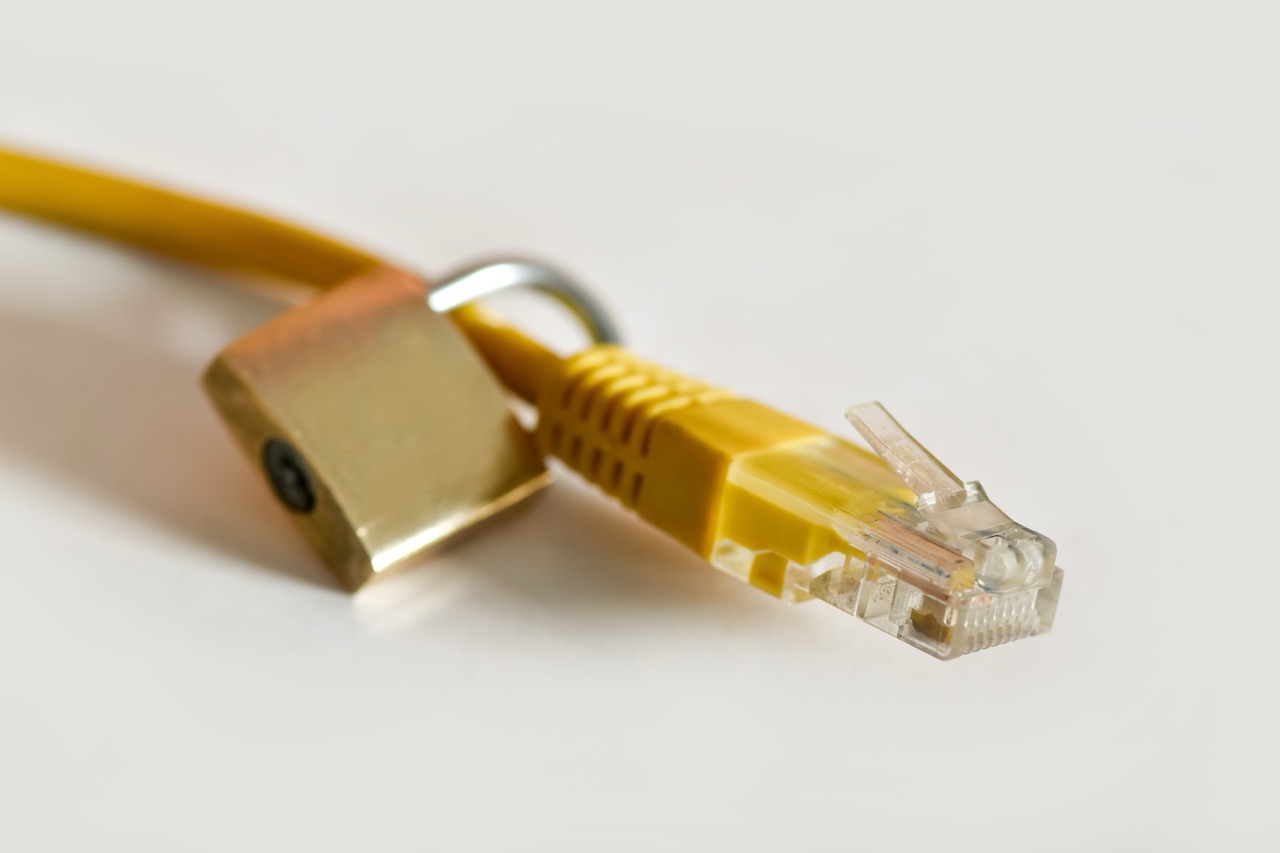The concept of a Virtual Private Network (VPN) has evolved significantly since its inception, driven by the need for secure, private communication over the internet. VPN technology enables users to establish encrypted connections over public networks, effectively shielding their data from potential threats and intrusions. As the digital landscape continues to expand and cyber threats become more sophisticated, understanding the history and evolution of VPN protocols is crucial for appreciating their role in contemporary cybersecurity practices.
Understanding VPN: A Brief Overview and Its Purpose
VPNs serve as a crucial bridge in the realm of internet security, providing users with a means to secure their online activities. By creating a private tunnel for data to travel through, VPNs help mask users’ IP addresses, thereby enhancing privacy and anonymity. This is particularly important in an era where data breaches and surveillance have become commonplace. The primary purpose of a VPN is to facilitate secure data transmission while allowing users to bypass geographical restrictions and access a broader range of content.
The effectiveness of a VPN hinges on its underlying protocol, which dictates how data is transmitted and secured. VPN protocols vary widely in their methodologies, encryption standards, and performance metrics. An understanding of these protocols is essential for users seeking to select the most appropriate VPN service for their needs, whether for personal use, corporate security, or circumventing censorship.
Moreover, as the internet continues to evolve, the demand for robust security measures has prompted the development of increasingly advanced VPN protocols. These innovations aim to address emerging security challenges, improve connection speeds, and offer better user experiences. Thus, a historical perspective on VPN protocols not only sheds light on their origins but also guides future advancements in this critical field.
Early Days of VPN Technology: Pioneering Protocols
The advent of VPN technology can be traced back to the mid-1990s, when the need for secure remote access became apparent with the rise of the internet. The initial approach to secure communication involved tunneling protocols, which allowed users to create secure connections over less secure networks. The first such protocol, known as the Point-to-Point Tunneling Protocol (PPTP), was developed by a consortium led by Microsoft and released as part of Windows 95.
PPTP utilized a method called "tunneling" to encapsulate data and provide a level of security through encryption. However, despite its early popularity, PPTP was soon criticized for its vulnerabilities, particularly regarding encryption strength and susceptibility to various attacks. These shortcomings highlighted the necessity for more robust and secure protocols, prompting further developments in the VPN landscape.
In parallel, another protocol emerged from the need for a more secure and flexible solution: Layer 2 Tunneling Protocol (L2TP). Developed in the late 1990s, L2TP combined features from both PPTP and another protocol called L2F (Layer 2 Forwarding). While L2TP offered better security than its predecessor, it required the addition of the IPsec protocol for encryption, leading to the establishment of a more secure framework for VPN communications.
Key Developments: PPTP and L2TP in the VPN Landscape
As VPN technology matured, PPTP and L2TP became foundational protocols in the industry, each contributing unique advantages and limitations. PPTP was widely adopted for its ease of use and compatibility with various operating systems. Its integration into Windows operating systems granted it widespread accessibility, making it a popular choice for home users and small businesses seeking basic privacy solutions. However, its vulnerabilities soon became a significant concern, leading to a decline in its usage in the face of growing cyber threats.
In contrast, L2TP addressed many of the security flaws found in PPTP. By working in conjunction with IPsec, L2TP offered a dual-layer approach to tunneling and encryption, enhancing the overall security of communications. This combination provided confidentiality, integrity, and authenticity of data, which became essential as more businesses and individuals sought secure remote access. L2TP/IPsec gained traction in enterprise environments, where security requirements were more stringent.
The development of these protocols set the stage for further advancements in VPN technology. As businesses increasingly transitioned to remote work and cloud-based solutions, the demand for reliable and secure VPNs surged. Consequently, the limitations of PPTP and L2TP became apparent, prompting the exploration of newer protocols that could better cater to the evolving security landscape.
Advancements in Security: The Birth of OpenVPN
In the early 2000s, the introduction of OpenVPN marked a significant turning point in VPN protocol development. Developed by James Yonan, OpenVPN is an open-source protocol that employs secure SSL/TLS for key exchange and encryption. This flexibility, combined with its ability to traverse firewalls and NAT (Network Address Translation) devices, made OpenVPN an appealing choice for users seeking a reliable and secure VPN solution.
One of the key advantages of OpenVPN is its robust encryption capabilities. It supports a variety of encryption algorithms, including AES (Advanced Encryption Standard), which is considered highly secure. This adaptability allows users to customize their security settings according to their specific requirements, providing a level of control and assurance that many other protocols do not offer. Furthermore, its open-source nature encourages transparency and continuous improvement by the community, fostering trust among users.
OpenVPN’s growing popularity has led to its adoption across numerous platforms and devices, from desktop computers to mobile devices and routers. Its ability to create secure point-to-point or site-to-site connections has made it a preferred choice for businesses, particularly those with remote teams requiring secure access to corporate resources. As the landscape of cyber threats becomes increasingly complex, the innovations embodied in OpenVPN demonstrate the ongoing evolution of VPN protocols aimed at enhancing both security and usability.
The Rise of IKEv2/IPsec and Its Advantages
As the demand for mobile and remote connectivity continued to grow, the Internet Key Exchange version 2 (IKEv2) protocol emerged as a robust alternative in the VPN landscape. Developed by Cisco and the Internet Engineering Task Force (IETF), IKEv2 is often paired with the IPsec suite to provide secure and efficient communication. Its ability to quickly establish secure connections has made it particularly suitable for mobile devices, where maintaining a stable connection while switching networks is crucial.
One of the standout features of IKEv2/IPsec is its support for “Mobility and Multihoming” (MOBIKE), a feature that allows the protocol to maintain a VPN connection seamlessly as the user moves between different networks. This capability is essential for users relying on mobile devices who frequently change from Wi-Fi to cellular networks. Consequently, IKEv2/IPsec has gained popularity among mobile users and organizations that prioritize secure remote access without interruption.
Moreover, IKEv2/IPsec is recognized for its strong security features, including support for various encryption algorithms and robust authentication methods. Its efficient performance, combined with stability and resilience against network disruptions, has contributed to its widespread adoption in enterprise environments. As organizations increasingly embrace remote work policies, IKEv2/IPsec stands out as a reliable option for secure communications.
Future Trends: Emerging Protocols and What Lies Ahead
As cyber threats continue to evolve, so too must the protocols designed to mitigate them. Emerging protocols such as WireGuard represent the next generation of VPN technology, offering enhanced performance and simplicity. WireGuard is notable for its minimalistic design and efficient codebase, which significantly reduces overhead and improves connection speeds compared to traditional protocols. Its ease of implementation and configuration has garnered attention among developers and users alike, positioning it as a potential successor to existing protocols.
Another trend on the horizon is the increased integration of machine learning and artificial intelligence into VPN technology. These advancements could lead to smarter protocols that can dynamically adapt to changing network conditions and potential threats, optimizing both performance and security. Furthermore, as the demand for privacy and anonymity on the internet continues to rise, the development of protocols that prioritize user protection against surveillance and data breaches will likely take precedence.
Finally, the ongoing debate surrounding privacy regulations and data protection laws will undoubtedly influence the evolution of VPN protocols. As countries around the world enact stricter regulations, VPN providers may be compelled to enhance their security features and comply with various legal frameworks. This regulatory landscape will shape the future development of VPN protocols, ensuring they remain effective tools for safeguarding user privacy in an increasingly interconnected world.
The history and evolution of VPN protocols reveal a continuous journey toward enhanced security and usability in the face of evolving cyber threats. From the pioneering days of PPTP and L2TP to the current advancements represented by protocols like OpenVPN and IKEv2/IPsec, the landscape of VPN technology has transformed dramatically to meet the needs of users. As we look ahead, emerging protocols and technologies promise to further redefine how we approach internet privacy and security, ensuring that VPNs remain a vital component of our online safety toolkit. Understanding this evolution is essential for users and organizations aiming to navigate the complexities of digital security effectively.










